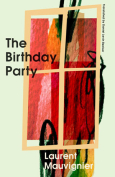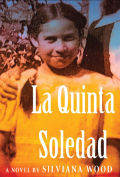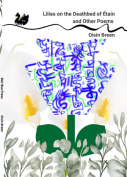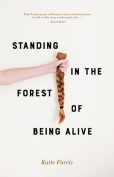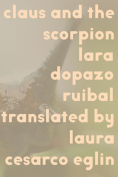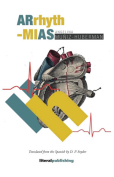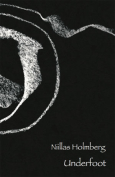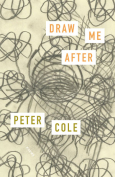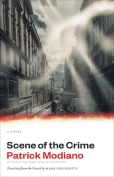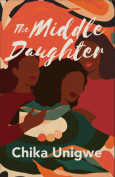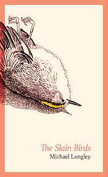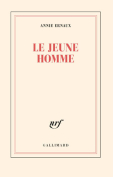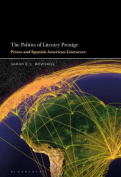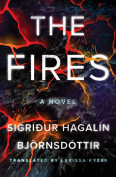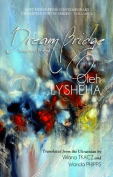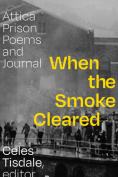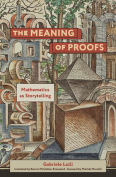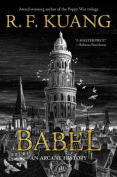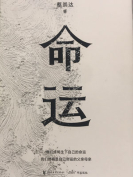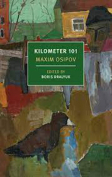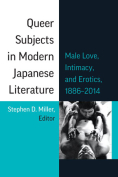Claus and the Scorpion by Lara Dopazo Ruibal
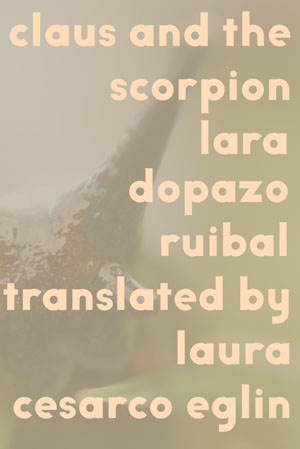 Normal, Illinois. Co*Im*Press. 2022. 134 pages.
Normal, Illinois. Co*Im*Press. 2022. 134 pages.
As a work written in a nonhegemonic language, Galician, the set of poems in Claus and the Scorpion is implicitly about constructing a separate identity that withstands the ongoing risks of absorption, invisibility, or even potential extinction.
Claus and the Scorpion consists of three sections: Lara, The Scorpion, and Claus. The translation, which often chooses fluency/fluidity over a literal denotative translation, appears en face. Although the section centered on the scorpion is the shortest one, it is central and represents the powerful, destructive force that simultaneously ravages and re-creates both Lara and Claus. The scorpion “draws a shadow of discord / over lara and among the laras that inhabit lara.” It also attacks the body directly, resulting in harm: “claus can’t sleep / his chest has been stung by the scorpion.”
The structure of each section consists of interspersed long, lyrical poems, quotations by Federico García Lorca, Lorena Alvarez, and other poets, along with minimalist brief poems that stand out by making the negative space of the white, empty page a place of being beyond language.
In all the sections, the world is in a constantly shifting state with reminders of death, life, and procreation at every turn, as Lara is surrounded by the “frenzied copulation of insects before dying.” She uses her senses to understand her own inner state: “que iso explique o zunido nos oidos / let that explain the buzzing in my ears.” The external world has the capacity to fragment her, to the point that “teño o útero roto en mil anacos / I have a womb smashed to smithereens” (an example of the fluent rather than literal translation). The orientation of the text on the page reinforces the notion of fragmentation. The disintegration of body, self, and being constitutes the poetics of ontological disintegration that drives the poem and the protagonist to “safe haven.”
Knowledge of the world, self, and reality come through Lara and Claus’s interactions with the scorpion in a process of epistemological dynamism, which problematizes perception and places meaning and meaning-making processes into flux. Claus “gets home, takes off his socks / looks in the mirror but what the mirror shows him is me,” a deflected or substituted self. This is a fascinating view of lost identity, and the process by which a hegemonic language that is adjacent to the nonhegemonic language shatters language’s ability to stay intact, and to reflect a stable sense of self or reality. After the mirror shatters, Claus and Lara get into bed together and press up against each other because it’s cold, and yet are afraid of each other. Deepening the metaphor of the broken mirror as a nonhegemonic language’s inability to create order and emotional tranquility, “the mirror’s crystals drive in the insomnia.”
In the end, there is no safe haven, just “the horror / the metastasis of the soul,” as the scorpion attacks and language is devoured from within itself.
Susan Smith Nash
University of Oklahoma


